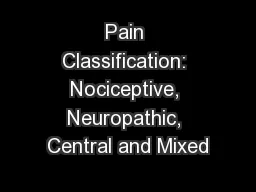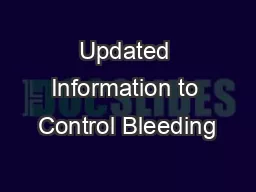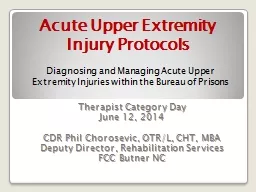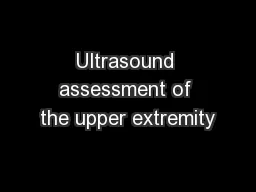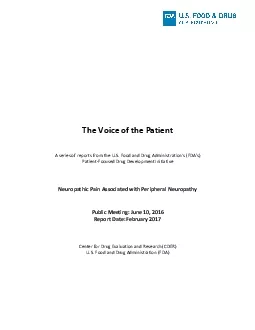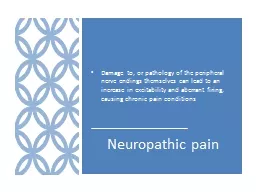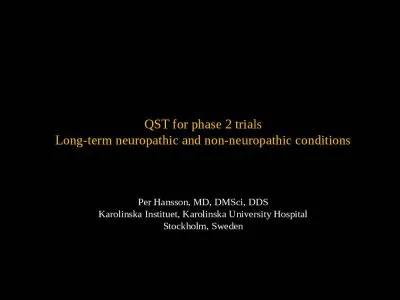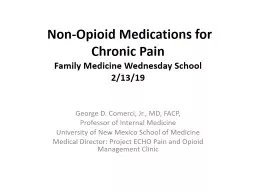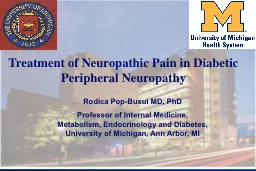PPT-Lower Extremity Neuropathic Disease
Author : jezebelfox | Published Date : 2020-06-23
Presented by Frances L Wilson CNS MSN CWOCN amp CFCN May 14 2016 Objectives Upon completion of this presentation Participants will be able to Discuss the epidemiology
Presentation Embed Code
Download Presentation
Download Presentation The PPT/PDF document "Lower Extremity Neuropathic Disease" is the property of its rightful owner. Permission is granted to download and print the materials on this website for personal, non-commercial use only, and to display it on your personal computer provided you do not modify the materials and that you retain all copyright notices contained in the materials. By downloading content from our website, you accept the terms of this agreement.
Lower Extremity Neuropathic Disease: Transcript
Download Rules Of Document
"Lower Extremity Neuropathic Disease"The content belongs to its owner. You may download and print it for personal use, without modification, and keep all copyright notices. By downloading, you agree to these terms.
Related Documents




